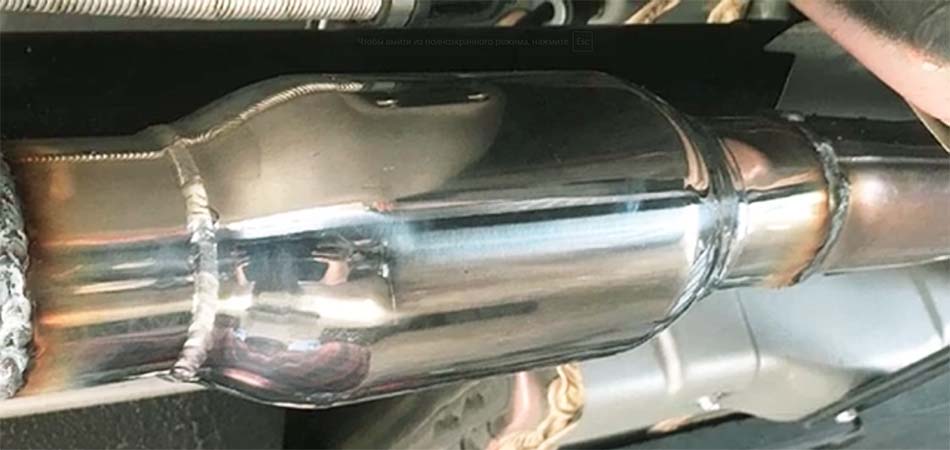Vehicles are complex assemblies with multiple components, each with a specific purpose. Among these, some are readily visible and well-known, while others, integral to the vehicle’s function, remain concealed and often unrecognized. The resonator falls into the latter category. A common inquiry from those exploring the intricacies of automotive mechanics is, “what does a resonator look like?” This article aims to shed light on the resonator’s appearance, its role, and its significance in a vehicle’s exhaust system.
Deep within a vehicle’s exhaust system lies the resonator, a component whose importance is often overshadowed by its more recognized counterpart, the muffler. The resonator serves a critical role in shaping and moderating the sound emitted from the exhaust. Although it might superficially resemble an ordinary pipe, its design and purpose are more intricate. The resonator collaborates with the muffler to produce a refined exhaust note, ensuring the sound resonating from the vehicle is neither excessively loud nor grating to the ear.
Physical Characteristics of a Resonator
When attempting to visualize a resonator, consider the following features:
-
Shape: Predominantly cylindrical, streamlined to fit within the exhaust assembly.
-
Material: Often constructed from durable metals, capable of withstanding high temperatures and corrosion.
-
Internal Design: Houses an acoustic chamber, intricately designed to counterbalance certain sound waves, reducing unwanted noise.
-
Position: Located before the muffler in most exhaust systems, acting as the first line of acoustic refinement.
The resonator’s sophistication lies in its simplicity, and while it might seem like just another pipe in the exhaust system, its contribution to vehicular acoustics is monumental. For enthusiasts who prioritize their vehicle’s auditory output, integrating high-quality components like the Best Muffler for Ford F150 can further optimize the sound experience. For more on this, explore our detailed article on the topic.

Resonator’s Role in the Exhaust System
The resonator, often overlooked, serves as a linchpin in the exhaust system. It does more than just manipulate sound; it also plays a pivotal role in optimizing the performance of the exhaust flow. By adjusting the back pressure within the exhaust system, it ensures that the vehicle’s engine works efficiently, without unnecessary stress. The very design and strategic placement of the resonator aim at enhancing the flow of exhaust gases. Furthermore, by specifically targeting and negating particular low-frequency sounds, the resonator effectively prevents your vehicle from emitting undesirable droning noises, particularly noticeable during rapid accelerations or sustained high speeds.
The Difference Between a Muffler and a Resonator
At a glance, the muffler and the resonator might seem to serve identical purposes, given that both belong to the exhaust system and work towards noise reduction. However, delving a bit deeper reveals their distinct functionalities. The resonator is designed primarily to counter and eliminate specific problematic frequencies, ensuring these sounds don’t even reach the muffler. The muffler, in contrast, manages broader noise reduction. It further suppresses and refines the sound profile, ensuring what exits the tailpipe is smooth and unobtrusive. Their collaborative efforts result in a vehicle that performs efficiently and sounds pleasant to the ears.
Conclusion
Recognizing and understanding the resonator’s role gives car enthusiasts and everyday drivers alike a more profound appreciation for the intricacies of their vehicle’s exhaust system. Familiarity with these essential components can lead to more informed decisions, whether you’re considering routine maintenance, system upgrades, or troubleshooting potential issues. Being knowledgeable about the inner workings of your vehicle ensures a smoother and more harmonious driving experience.



